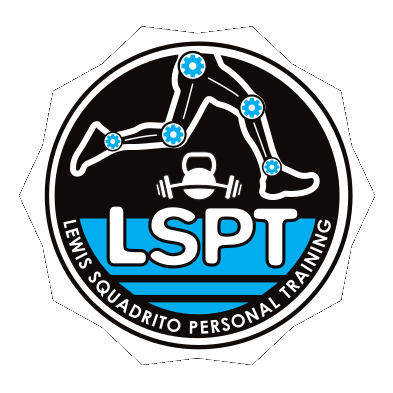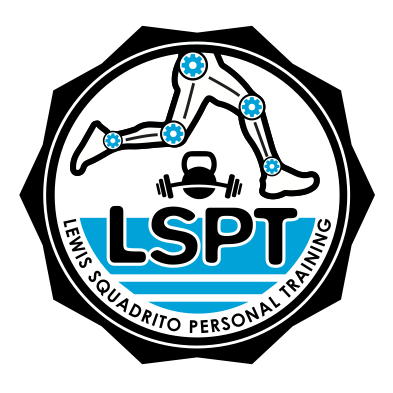This analysis of Jakob Ingebrigtsen’s training schedule offers actionable insights for distance runners of various skill levels. By dissecting his “base phase” training week, this article sheds light on the Norwegian method of endurance training, providing a detailed, day-by-day breakdown with key takeaways that runners can adapt to their routines.
Introduction:
Jakob Ingebrigtsen, a celebrated middle-distance runner, has set new standards in the world of athletics. His rigorous training regimen, influenced by the Norwegian method, emphasizes a balanced approach to endurance, speed, and strength. This article aims to translate Ingebrigtsen’s elite-level training into practical advice for runners of all abilities.
Training Breakdown and Analysis:
Monday:
- AM: 10km Tempo Run. This workout focuses on maintaining a steady pace and rhythm at moderate effort, building aerobic capacity and metabolic efficiency.
- PM: 10km Upbeat Tempo + 6x 100m Sprints with Short Rests. The evening session, a bit faster than the morning tempo, incorporates speed work, crucial for improving mechanical efficiency.
Takeaway: Ingebrigtsen begins his week emphasizing tempo work and short bursts. Splitting the long tempo into two shorter runs allows for a quicker pace. The interlude between the tempos helps mitigate fatigue. Endurance is his primary training goal; hence, the day starts with a focus on that, without neglecting quicker workouts. Concluding with fast 100s serves as a safeguard, ensuring he can train fast with a reduced injury risk, regardless of the speed focus. Running fast year-round is key. The mix of tempo work and 100s holistically develops running economy, targeting both metabolic and mechanical efficiency.
Note: Jacob Ingebrigtsen races a competitive 10km in 27:54. His “tempo” 10km likely occurs in the low 30s. Training stimuli arise from time under tension and the duration of stress, not just distance. Instead of aiming for a “10km” tempo run, runners should contextualize this to their training, realizing a 30-minute tempo run might be more relevant and beneficial than a strict 10km.
Tuesday:
- AM: 4x 6min Low Threshold Intervals. This session develops sustained speed over a moderate distance, crucial for middle-distance runners.
- PM: 20x 400m High Threshold Intervals with short rests. These intervals are intended to increase lactate threshold.
Takeaway: Varied interval training is essential to enhance both aerobic and anaerobic capacities. Ingebritson divides his threshold workouts into two sessions: one in the morning and another in the evening. Both are conducted slightly under threshold, with the morning session emphasizing longer efforts at around 2.0-2.5mmol and the evening session on shorter, more intense efforts at 3.0-3.5mmol. This double stimulus ensures a strong adaptation signal. The morning run is lighter to facilitate recovery before the second workout.
(mmol is the measurement of blood lactate levels, on average lactate threshold is where the body accumulates 4.0mmol of lactate, however there is some variability person to person)
Note: Ingebritson utilizes lactate monitoring, training at specific thresholds to ensure recovery for the subsequent session. If he overexerts in the morning, he adjusts the evening workout, possibly opting for an easy run, cross-training, or skipping it entirely. The key is to exercise for improvement, not merely to tire oneself out
Wednesday:
- AM & PM: Similar to Monday, with two 10k tempo runs and additional 6x 100m sprints.
Takeaway: Repeating workouts helps to reinforce improvements in speed and endurance. Consistent exposure to the same stimuli is crucial for the body to adapt and improve. Only after an adaptation is achieved and stabilized should the workout be advanced or replaced with a different routine.
Thursday:
- AM: A 30-minute easy run to alleviate any built-up fatigue, plus 2x 2-minute efforts with short rests. This serves to test the legs and assess the body’s condition before the afternoon workout.
- PM: A 30-minute easy run followed by 5x 200m at race pace. These short bursts at race pace, performed when fresh, train the body to run fast while relaxed and in a parasympathetic state, focusing on control and good mechanics.
Takeaway: It’s important to balance intense workouts with lighter sessions to facilitate recovery while keeping the body ready for peak performance. Easy flush workouts are beneficial if the athlete is sufficiently fit and conditioned. These can be substituted with low-impact activities like swimming, cycling, or hiking. Assess whether an additional 30 minutes of running will be beneficial or detrimental. If you’re at the limit with mileage and impact, choose a low-impact cross-training option. If your conditioning, fitness, and experience allow for recovery during a run, opt for an easy run.
Friday:
- AM: A 10km tempo run, focusing on maintaining a solid pace to enhance endurance.
- PM: 2 sets of 10x 200m hill sprints, designed to improve strength endurance.
Takeaway: The combination of tempo runs and hill workouts is effective for developing both endurance and strength. The inclusion of hill workouts introduces a change in mechanics, as the body interacts differently with the ground compared to flat surfaces. This variation allows athletes to build strength in a running context without over-repeating the same movement patterns seen in earlier weekly workouts. Hills are more demanding, both muscularly and metabolically. Placing this workout after a lighter day ensures better recovery, allowing athletes to tackle the hills effectively while minimizing the risk of burnout or injury.
Saturday:
- Easy Long Run: This run is dedicated to building Ingebrigtsen’s endurance and conditioning his tendons, ligaments, and joints to withstand ground reaction forces. Long, slow runs also train the body to primarily utilize fatty acids as fuel, conserving glucose reserves for more intense workouts on other days.
Takeaway: Allocate one day each week for a long, easy-paced run. This is crucial for enhancing aerobic capacity and facilitating recovery.
it is also important to note, this article is only covering the specific application of running workouts in a typical week for Ingebrigtsen. He compliments his running with two specific lifting routines a week with a strength coach. Not to mention lifestyle habits such as sleep, nutrition, hydration, massage, mobility and relaxation to enhance recovery session to session.
Conclusion:
Jakob Ingebrigtsen’s training schedule, rooted in the Norwegian method, is a testament to the effectiveness of a balanced approach to endurance training. By incorporating elements of his regimen, such as varied tempo runs, interval training, hill sprints, and strategic recovery runs, athletes of all levels can improve their endurance, speed, and overall running performance. The key is to adapt these principles to individual fitness levels and goals, ensuring a sustainable and effective training plan.


